
 |
||
| Close Window | ||
| Tibesti: Sahara
interdit |
|||||
|
|||||
| This large-format photographic production by Alain Sèbe Images presents one of the largest massifs of the Sahara desert, which is well-known among geographers yet still mysterious and unattainable. Situated in the south-east of Libya and north of Chad, this wild region featuring awe-inspiring landscapes has remained almost always inaccessible for the last four decades. The book combines the highly expressive images of four leading photographers of the Sahara (Maximilien Bruggmann, Raymond Depardon et Alain et Berny Sèbe) and the scholarly expertise of paleoanthropologist Professor Henri-Jean Hugot and ethnographer Philippe Frey. Drawing upon complementary angles of approach, this volume introduces the reader to the specificities of the Tibesti mountains: austere and spectacular, arid and rugged, the Tibesti landscapes also host a highly resilient population which is also closely knit by kinship ties. An ingenious and thrifty population, the Tubu survive thanks to a fragile equilibrium between hunting-gathering, livestock rearing and primitive forms of farming. Descendants of the oldest known Saharan people, they are masters in 'wilderness survival'. The book starts with three photographic essays by Maximilien Bruggmann, Raymond Depardon and Alain and Berny Sèbe. Bruggmann's colour photographs show the Tibesti mountains and their inhabitants in the 1970s, showing a way of life which has long disappeared. The second essay by renowned photogapher and film-maker Raymond Depardon presents photos shot in black and white in 1998, when Depardon benefited from a ceasefire to visit again the massif (he first stayed there in 1970). The third essay by the Sèbes father and son includes a selection of colour photographs of the northern part of the Tibesti, which is under Libyan jusrisdiction as a result of a Franco-Italian colonial agreement settled in 1935. The Libyan Tibesti, politically separated from the rest of the massif which is in Chad, has been little studied so far. Beyond political considerations, this book gives a global understanding of thisis unique massif. The second section of the book (ca. 100 pages) brings together monographs which give an overview of the region. Professor Henri-Jean Hugot explains the geological features of this volcanic massif, its hydrography, its fauna and flora, its prehistory (especially through rock art of the Neolithic period), and the history its exploration by the Europeans in the nineteenth century. Ethnographer Philippe Frey describes in detail the peculiar way of life of the Tubu as well as their customs. He also gives an account of his own experience of his crossing of the Tibesti with camels. Lastly, Paleontologist Professor Michel Brunet offers a summary of the results of his fieldwork in the Djourab, south of the Tibesti, which led to the discovery of the skull of what seems to be the oldest human ancestor, Toumai, which was featured on the front cover of Nature and made worldwide headlines. |
Available in French (Alain Sèbe Images, Vidauban). 192 pp., 29 x 35 cm (11.4 x 13.8 in), more than 250 colour and black-and-white
photographs of the Tibesti massif, featuring landscapes, everyday life
of the Tubu populations and rock art in both Chadian and Libyan territory Download the special catalogue (in French, 5,6 Mb)
|
||||
 |
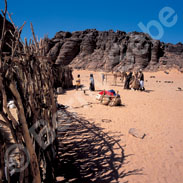 |
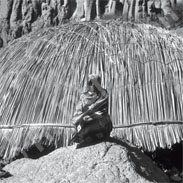 |
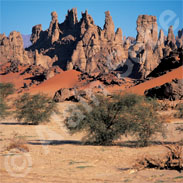 |
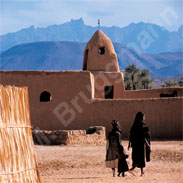 |
|||||
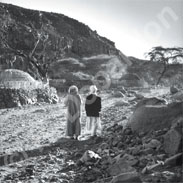 |
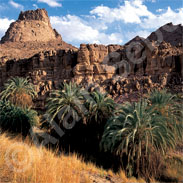 |
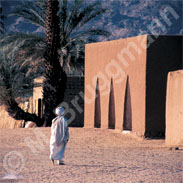 |
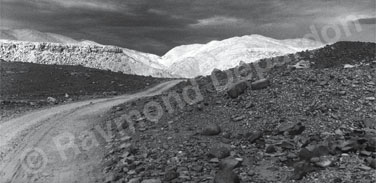 |
||||
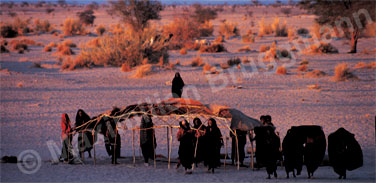 |
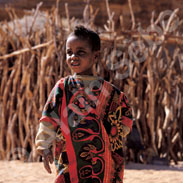 |
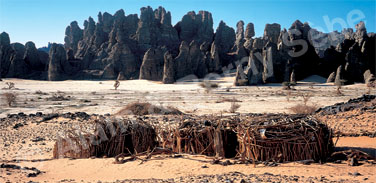 |
|||